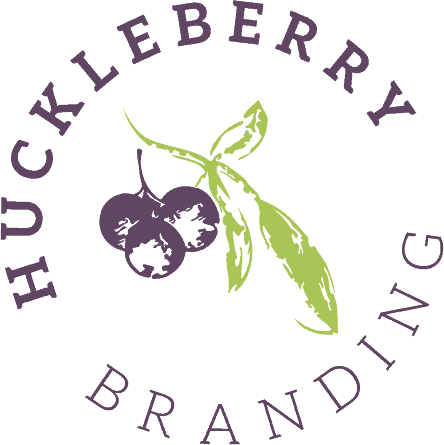Emotion takes the lead in the nonprofit world — the cause, the impact, the lives changed. It’s why you do what you do and why people want to help. But, any marketer worth his or her salt will tell you that knowing this is only one piece of the puzzle. The real work begins in putting together how you best frame this emotion through a story that truly speaks to your audience and compels them to act — all in a space where causes are so many, and dollars and time are unfortunately stretched so thin.
Know Your Audience
The first step in any marketing strategy is to understand your audience — their needs, how they seek information, the language they use and for nonprofits, what inspires them to give. Then you’re ready to further refine your nonprofit marketing strategy.
Big Goals
Of course the ultimate goal is donations, but within that are many objectives that may include raising awareness, attracting volunteers, getting people to events, obtaining new sponsors, retaining old sponsors, and getting participants involved in your programs. With so many diverse goals and audiences, it can feel overwhelming at times to juggle them all, but the key is to identify the right tools and priorities
Make it Happen
Your nonprofit marketing strategy brings your story to life. As we said above, the message is really important here. Use emotion to pull at your audience’s heartstrings, but balance it with informative and educational content to get them to act.
How do you do it? Infographics are a great visual way to show big picture quantitative data. And storytelling is ideal when sharing qualitative info. Think video for testimonials, people whose lives you’ve helped transform or even stories from the field for example. The rationale is that when others share their story, people trust it more because it’s coming from a third-party source. Plus, it’s often more compelling because they experienced the impact of your nonprofit firsthand.
Nonprofit Marketing Tools:
- Google Ad Grants – Increase your reach with free in-kind advertising to select 501(c)(3) nonprofit organizations within Google AdWords. See if you’re eligible. [http://www.google.com/grants/]
- Video Marketing – Optimize those videos then use them for ads, commercials and even during live events.
- Social Media – Consider contests to increase your reach organically. Share your posts and tag a friend to win prizes.
- Email Marketing – Use to promote events, to keep your story top-of-mind, to offer educational resources or even surveys; email marketing is ideal to keep the conversation going.
- Partnerships – Including with other businesses, nonprofits, organizations or brand influencers who can champion your cause.
- Speaking Engagements – Whenever and wherever you can get your message in front of your audience; do it.
- Donor Recognition – Think special donor events, honors and/or awards.
- Fundraising Events – Fun and engaging events are the most successful. Be creative and break from the traditional dinner or auction to host a memorable experience that really speaks to your cause.
The bottom line: to make your case, speak from your heart for your cause and let your nonprofit marketing strategy make sure you’re heard.
Still not sure where to start? Our Huckleberries can help you take the next step: contact us today.


